The Benefit of Having a Media Partner
- kenneth

- Aug 20, 2024
- 3 min read
As mentioned in an earlier blog, David Rose – a local historian – is also a major contributor to the Guildford Dragon, our local on-line newspaper and media partner for Walkfest. David leads walks for a number of organisations and in an item published there on 19th August he describes a walk he led for the National Trust along part of the Wey Navigations. He also gives a good plug for Guildford Walkfest!
With David’s permission, we are reproducing extracts from that article as a taster for what you can expect on his walks for us during September. Read on ……..
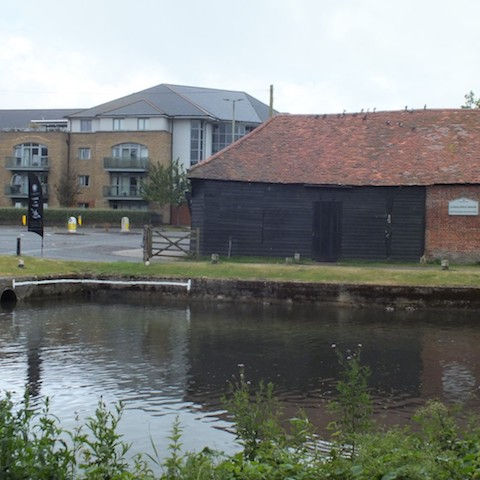
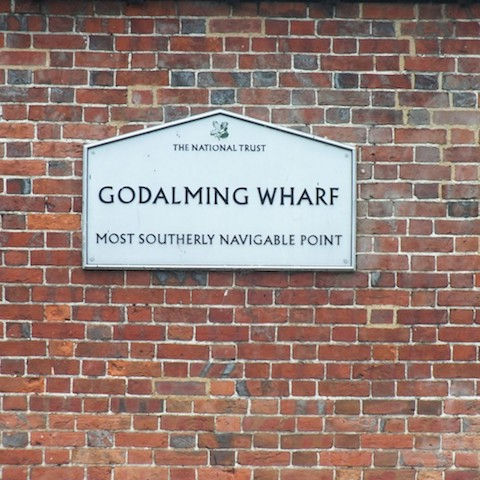
In 1764 the Godalming Navigation opened … finally linking the town to England’s main canal network. It provided a boost to several of Godalming’s trades and industries with cargos carried on the waterway that included vast quantities of timber, corn and stone. The heyday of Godalming Wharf was in about 1810 when traffic towards London included the said timber planks, bark, flour, and iron products of various sorts.
I lead free guided walks with a focus on local history for the National Trust. It looks after the River Wey and Godalming Navigations with its headquarters at Dapdune Wharf in Guildford. The walk I led in July took in a stretch of the Godalming Navigation. We started at Godalming Wharf and walked along the towpath down-stream to Catteshall Lock, and then back via the eastern part of Godalming’s Lammas Lands water-meadows.
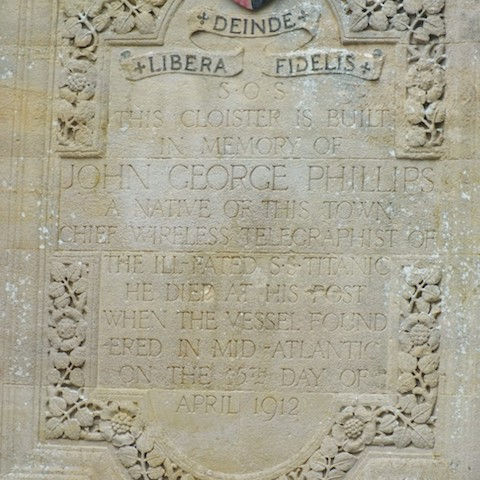
Once back at Godalming Wharf the walk continued upstream on the non-navigable River Wey, passing through Phillips Memorial Park. Many will know that it’s named after Jack Phillips, who was born in Farncombe in 1887. He first worked as a telegraph operator in Godalming, then worked for the Marconi company, and later joined the White Star Line as its chief wireless operator on the ship RMS Titanic. He died when the Titanic sunk on the night of April 14-15, 1912. He had been sending the new distress message S.O.S.
Godalming has a history of industry. The woollen trade was an important cottage industry for the town during the later Middle Ages and into the 16th century. It was later replaced by machine or framework knitting, the first record in Godalming being in 1681. Tanning was a local industry from perhaps as early as the 15th century, while paper-making was also important to the town from the middle of the 17th century.
Access to water was vital for these industries and to power the mills. Westbrook Mills was one of three sites in Godalming where there were mills, the others being at Catteshall and Eashing.
Godalming is recognised as has having the world’s first public electricity supply. Unfortunately, there was little take up for the idea and the service was discontinued in 1884, and electricity did not return to Godalming until 1910.
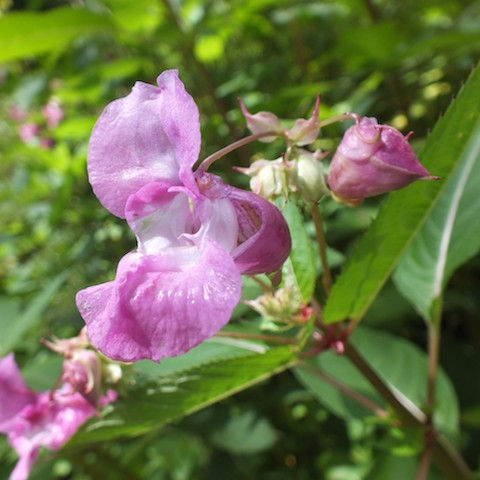
The walk upstream beside the natural river is a delight, with trees lining the water, some with their branches touching the water itself. Summer time means the vegetation is lush. There’s plenty of the non-native but invasive Himalayan balsam (Impatiens glandulifera) with it’s pink flowers. Thanks to volunteers from Godalming Angling Society, the paths beside the river and the sections for the anglers to fish from are kept in check.
You can only go so far beside the river here before the public right of way ends. However, there are two things to notice. One being a fish pass that’s been built to help fish swim upstream, and a Second World War fortified “pillbox”, defensive structure in case of invasion by the Nazis.
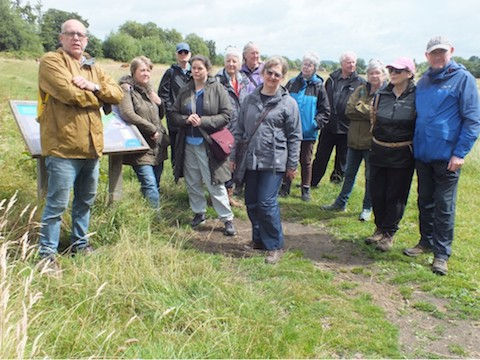
After returning to the start point, David was keen to thank Sarah Crawcour, visitor experience manager at the National Trust River Wey and Godalming Navigations, and Jack Renaud who took the photos.
The full article can be found on Guildford Dragon by clicking HERE





Comments